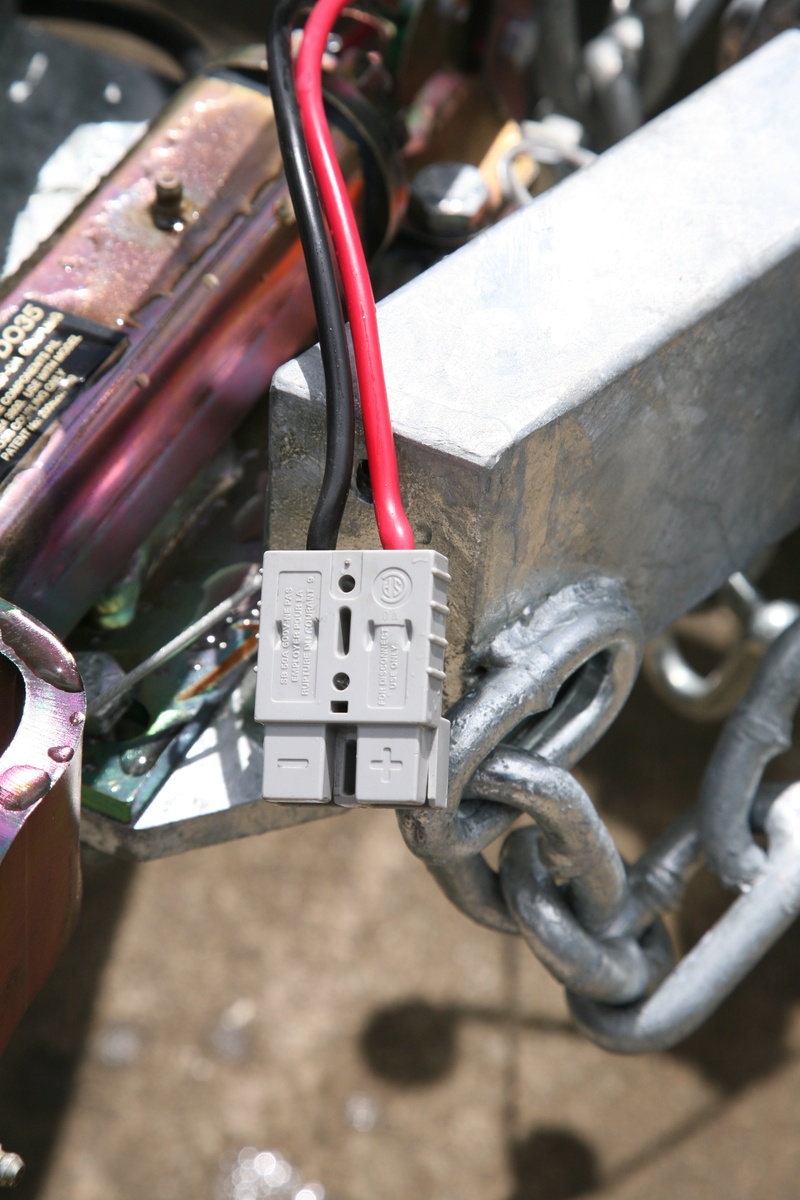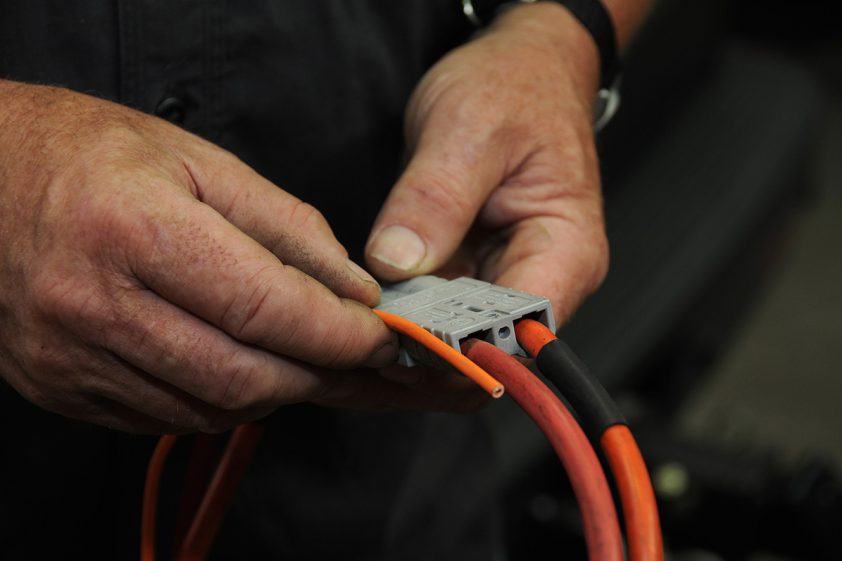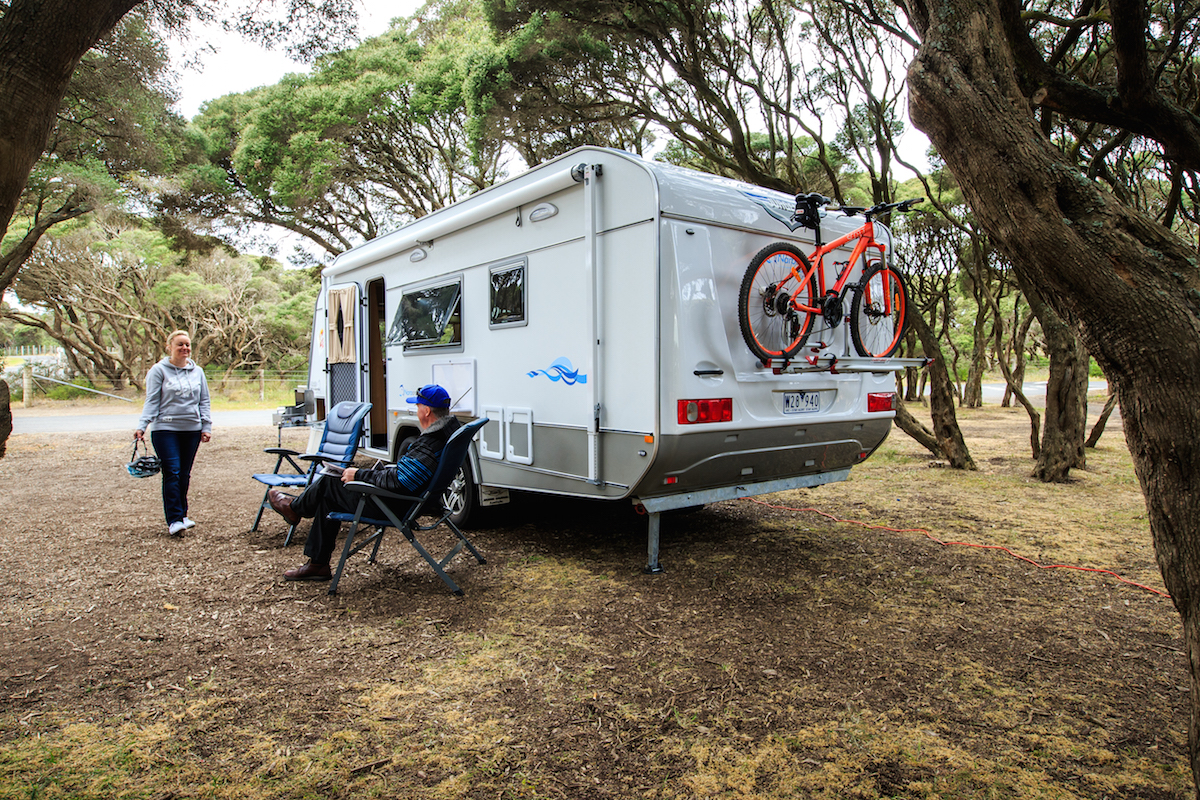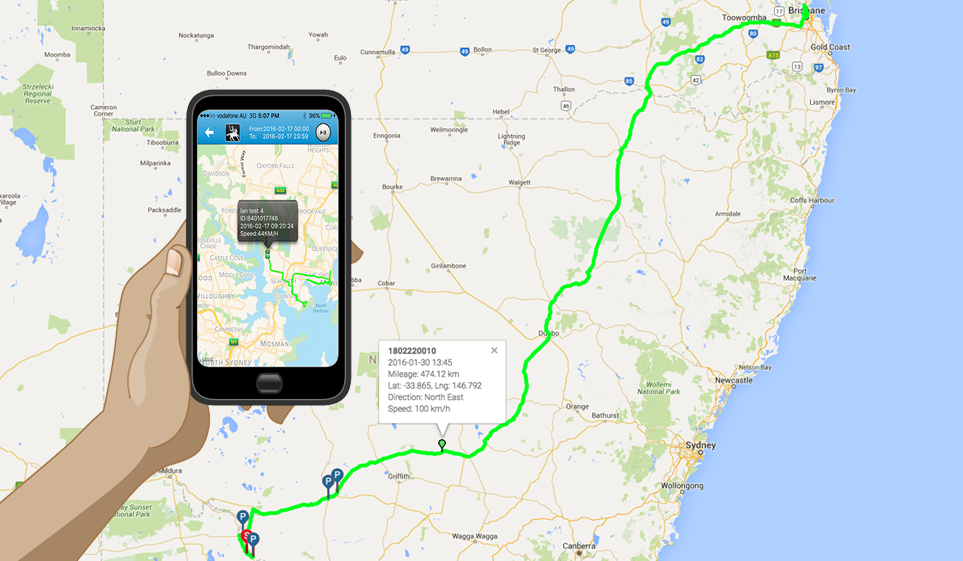Selecting an Anderson Plug size, for the most part, is quite simple. As far as RV travellers are concerned, there are three different ratings, 50A, 120A and 175A and for most users, the 50A rating will be more than sufficient.
Anderson plugs have a couple of unique features. One is that the plugs can only be connected one way, so there is no risk of crossing polarities and the other is that the contacts (connection terminals) can be removed from the housing. This not only makes them very easy to connect up but that any bare contact or cable is be totally enclosed within the plug housing.

On the subject of connections, the best way to connect the cable to a contact point is by using a crimping tool. Whilst pliers might look like a good substitute, a too squashed contact may not fit in the plug housing properly. The system is designed so that the contacts, whilst held firmly in place when used normally, can be removed quite easily should that be required. That is for a cable or contact change.
For anyone doing a DIY installation in a tow vehicle, a technical problem is deciding on the sizing of the cable between the vehicle battery and the Anderson Plug. In some cases, it can be a length of nearly 4.5m (15ft) and that’s a critical factor in the calculation.
The automotive cable used in Australia is very deceptive because the diameter size it’s sold under often includes the insulation, which is incredibly unhelpful. Something classed as 6 sq mm cable could be 3 sq mm or less. Something not very helpful for voltage drop reasons. Calculating cable size uses voltage drop, cable length and expected load current, so it will vary from installation to installation. For an electrical load like a fridge (something that can be between 10 and 15 amps) and battery charging, 6B&S gauge cable is often recommended to cover most situations. Sized at 13.5 sq mm and with a copper conductor diameter of 4mm, it’s a sizeable bit of cable.
For both fridges and battery charging, voltage is critical and the voltage drop should be minimised by having the correct size cable. The ideal would be to have the same voltage at the vehicle battery and the Anderson Plug. As with any installation, the Anderson Plug circuit should be fused at the supply (battery) end.
For our comprehensive DIY Anderson Plug installation guide, click here
MEET THE AUTHOR

Malcolm Street
Malcolm Street began caravanning in the early 1970s, first in a Viscount and later in a York, the former towed by a Holden Kingswood. Malcolm has RV’d extensively across Australia, New Zealand and Britain. He became an RV journalist in 1999. Each year, he reviews around 40 caravans and motorhomes in Oz and NZ. Yes, he’s a well-travelled bloke with no shortage of campfire opinions about how a given caravan could be better put together.





